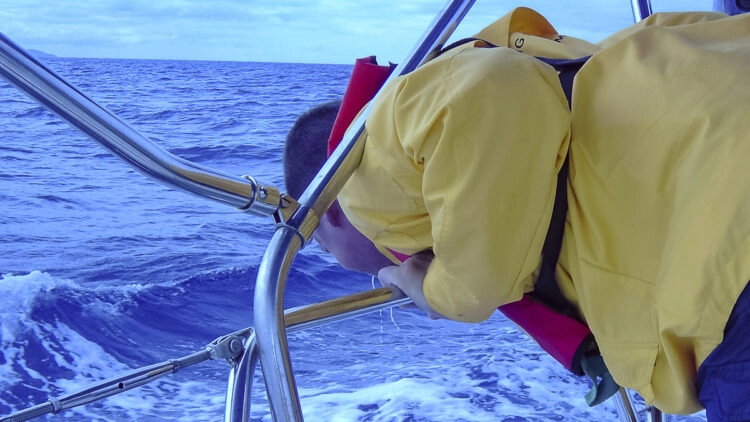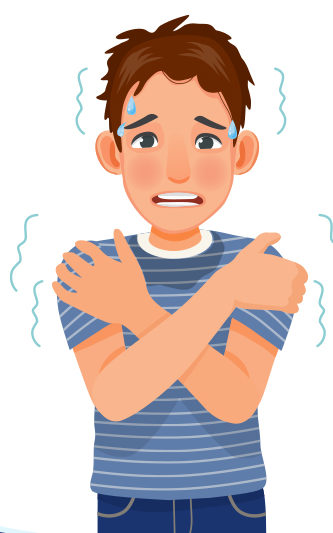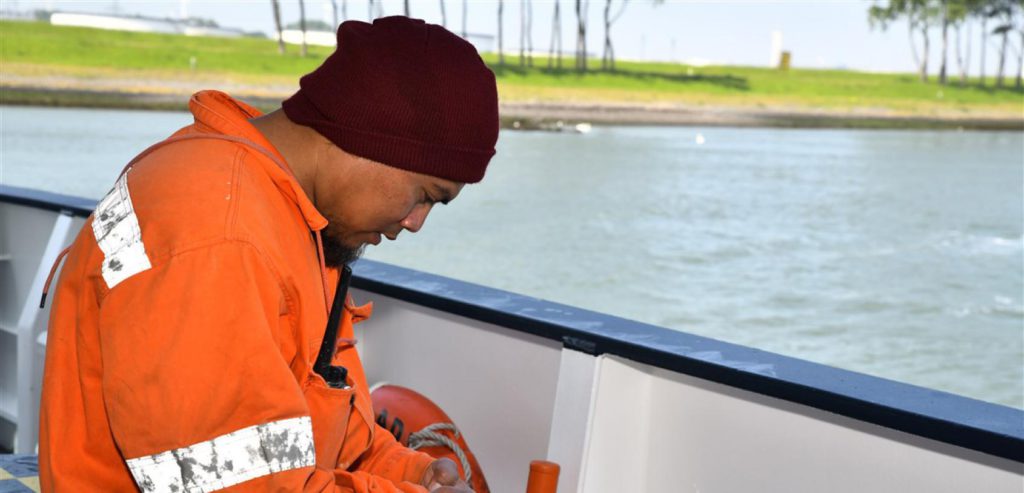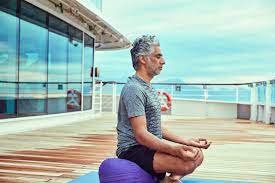What is Seasickness? How to handle Seasickness on a Ship?
Setting sail on a ship promises adventure and peacefulness as the salty breeze caresses your face and the rhythmic lull of the waves beckons. The unpleasant companion known as seasickness, however, can make this maritime journey a difficult ordeal for some. In this blog, we examine the science behind seasickness, its signs, as well as what causes seasickness and give you valuable tips for handling it.
Understanding Seasickness:-
Seasickness is a motion sickness that occurs when the body’s balance-sensing systems such as the inner ear, eyes, and sensory nerves send opposing signals to the brain. This confusion in signals triggers a range of symptoms, which include nausea, vomiting, dizziness, cold sweats, and fatigue. The constant swaying and rolling of a ship disrupt the body’s equilibrium, leading to this unpleasant experience.
Symptoms of Sickness
1. Nausea and Vomiting

2. Dizziness and vertigo

3. Sweating and Cold Sweat

4. Loss of appetite

How to handle seasickness on a ship?
1) Choose your ride Wisely:
- When booking your voyage, opt for larger ships or vessels that are more stable in rough seas.

2) Preparation is Key:
- Consult a doctor for medication options or patches that can help prevent or alleviate symptoms
- Pack essentials like ginger candies, acupressure bands, and medications recommended by a medical professional.

3) Position Matters:
- Choose a cabin closer to the ship’s centerline where motion is minimized.
- Stay below deck at midship, where you can feel less of the ship’s movement.

4) Gaze at the Horizon:

- Focusing on a fixed point on the horizon helps synchronize your visual and vestibular cues, reducing disorientation.
5) Fresh Air:

- Spend time on deck in well-ventilated areas to prevent the buildup of stale air, which can worsen symptoms.
6) Hydration and Nutrition:
- Stay hydrated, but avoid excessive alcohol and caffeine consumption.
- Opt for light as well as easily digestible meals rich in carbohydrates.
7) Mind Over Matter:
- Engage in calming activities, for instance, deep breathing, meditation, and mindfulness.
- Keep your mind distracted with activities for example reading, listening to music, or engaging in conversation.

8) Stay Cool:

- Dress in light, breathable clothing to prevent overheating which can intensify symptoms.
9) Avoid Strong Odors:
Strong smell can trigger nausea, so steer clear of pungent odors.
10) Maintain Good Hygiene:
Maintain good hygiene, as an unclean environment can exacerbate symptoms.
Conclusion:
Seasickness may be a formidable foe, but with knowledge, preparation, and a combination of practical strategies, you can regain control of your sea voyage and enjoy the beauty of the open waters without the burden of discomfort. Remember, each person’s seasick experience is unique, so be patient with yourself as you discover what works best for you. As you set sail, armed with this knowledge, let the waves be your ally, not your adversary, on your nautical journey of discovery.
Indian Navy v/s Merchant Navy – Which is better?
If you have any questions, please leave them in the comments section below.
Disclaimer :- The opinions expressed in this article belong solely to the author and may not necessarily reflect those of Merchant Navy Decoded. We cannot guarantee the accuracy of the information provided and disclaim any responsibility for it. Data and visuals used are sourced from publicly available information and may not be authenticated by any regulatory body. Reviews and comments appearing on our blogs represent the opinions of individuals and do not necessarily reflect the views of Merchant Navy Decoded. We are not responsible for any loss or damage resulting from reliance on these reviews or comments.
Reproduction, copying, sharing, or use of the article or images in any form is strictly prohibited without prior permission from both the author and Merchant Navy Decoded.



